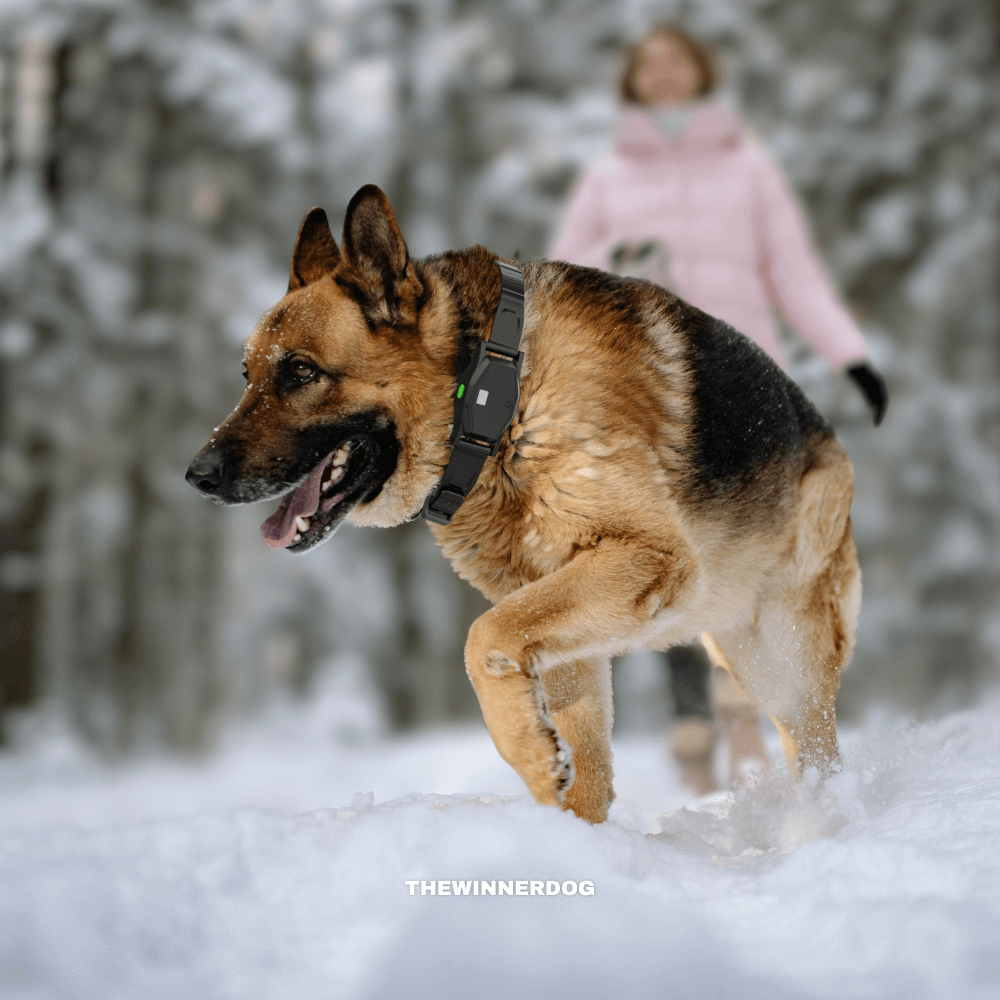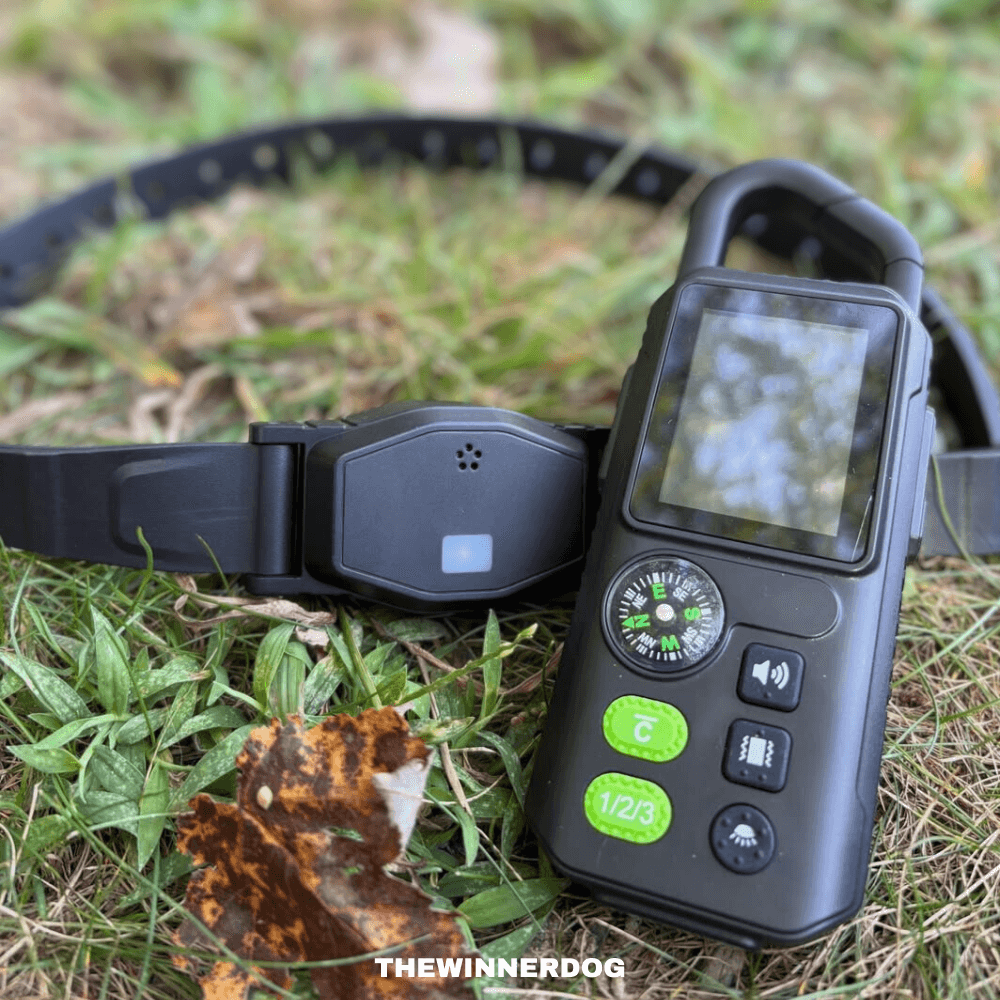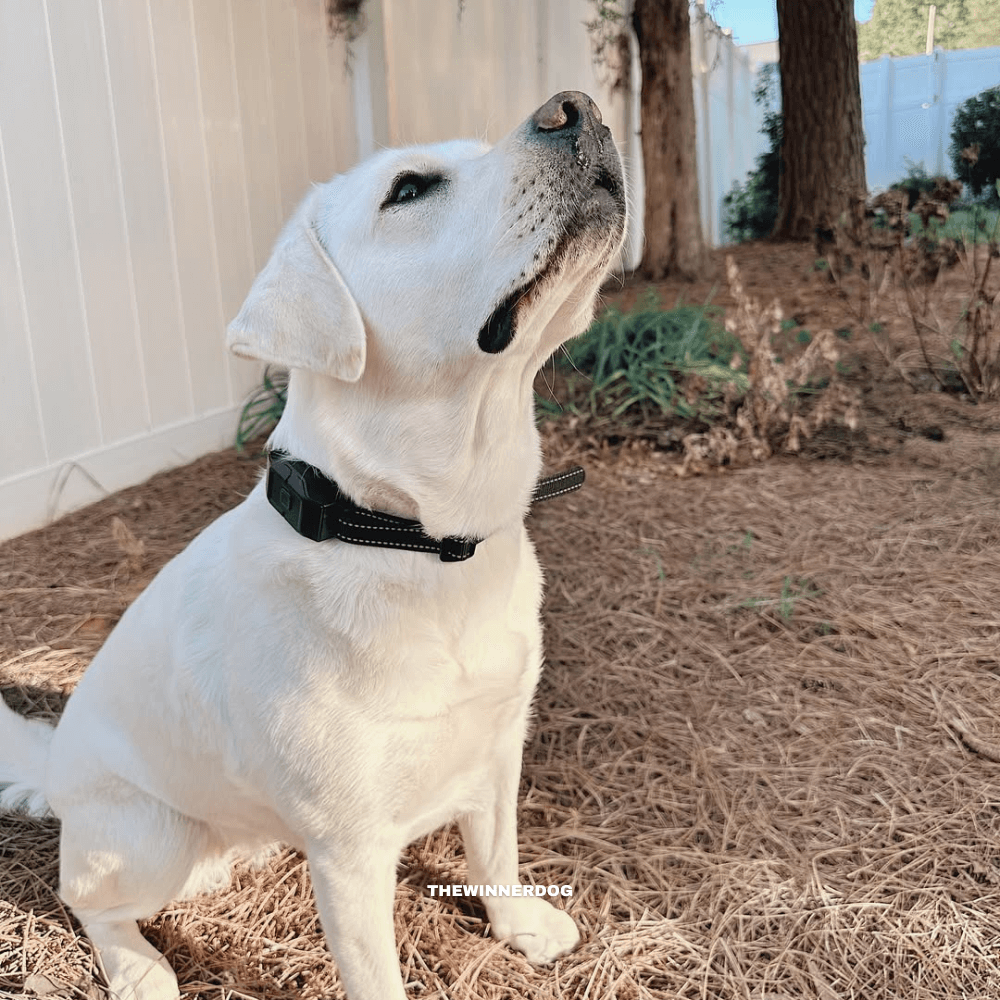
Looking for the best wireless dog fence for your property?
Understanding Electronic Dog Fences: Wired, 2.4GHz Wireless, and GPS Fence Systems
Electronic dog fences have transformed how pet owners keep their dogs safe—without traditional barriers. These systems use signal-based technologies to create invisible boundaries, helping train dogs to stay within safe zones.
There are three major types of invisible fences in the market today:
- Wired Underground Fence
- 2.4GHz Wireless Electric Fence (Radio-Frequency Technology)
- GPS-Based Wireless Fence (Satellite Technology)
At TheWinnerDog.com, we offer both advanced wireless options:
- The WDT810 Pro 2.4GHz Wireless Electric Dog Fence: a stable, indoor/outdoor radio-frequency fence.
- The WDF700 Plus GPS Wireless Dog Fence System: a portable wireless dog fence system powered by GPS—no wires, no subscription.
- The WDF830 Plus GPS Wireless Dog Fence System : a portable GPS fence option with no wires and no subscription, designed for flexible outdoor use.
This guide breaks down the differences to help you choose the best GPS dog fence or wired alternative based on your home, property type, and lifestyle.
1. Wired Underground Dog Fence
A traditional system that uses buried wires to define the perimeter. Dogs wear a receiver collar that reacts when they cross the boundary.
Pros:
- Accurate and stable
- Customizable boundaries
Cons:
- Labor-intensive installation
- Difficult to move once installed
- Requires wire maintenance
2. 2.4GHz Wireless Dog Fence
Technology: Wireless Radio-Frequency
Product: WDT810 Pro
This fence uses a base transmitter to broadcast a circular boundary via 2.4GHz signals. When dogs move beyond the signal range, the collar issues warnings or corrections.
 Pros:
Pros:
- Quick and wire-free installation
- Adjustable signal radius
- Lower cost than wired systems
- Suitable for most home yards and patios
Cons:
- Circular-only coverage (no shape customization)
- Signal may be affected by large metal objects or obstacles
Best for: Homeowners, renters, and those seeking a plug-and-play solution.
3. GPS Wireless Dog Fence
Technology: Satellite GPS
Product: WDF700 Plus and WDF830 Plus
This is a wireless dog fence with GPS that uses satellites to define a virtual circular boundary. It’s extremely portable and ideal for outdoor use.
- Works anywhere with open sky
- No buried wires or base station
- No subscription required
- Wide range—up to 1000 meters (or more)
Cons:
- GPS accuracy may vary in dense tree areas or cities
- Battery-powered (requires regular charging)
- Circular boundary only
Best for: Travel, camping, rural properties, or RV use.
4. Cost Comparison: Which Option Saves More Over Time?
| Fence Type | Approximate Price | Maintenance Costs |
| Wired Fence | $200–$1,000+ | Medium–High (wire repairs, labor) |
| 2.4GHz Wireless | $100–$350 | Low (collar parts only) |
| GPS Wireless | $150–$450 | Low–Medium (battery or collar replacement) |
5. Choosing the Best Wireless Fence for Dogs: Key Considerations
| Feature | Wired | 2.4GHz Wireless | GPS Wireless |
| Setup Time | High | Very Low | Low |
| Portability | ❌ | Moderate | Excellent |
| Shape Flexibility | Full Custom | Circular Only | Circular Only |
| Signal Stability | High | Moderate | Varies by terrain |
| Subscription | None | None | None |
| Best Use Case | Permanent yards | Home, patio, renters | Travel, open fields |
6. Why More Owners Choose Portable Wireless Dog Fence Systems
Wireless fences offer:
- Freedom to relocate
- Faster setup
- Lower installation costs
- Flexible containment zones
The WDF700 Plus and WDF830 Plus is among the best GPS dog fences without subscription, and the WDT810 Pro is a reliable choice for households seeking an easy home solution.
7. Conclusion: Which Electronic Dog Fence Is Right for You?
1. Choose the WDT810 Pro 2.4GHz if:
- You want quick, hassle-free setup
- You need consistent home yard coverage
- You prefer an affordable indoor/outdoor wireless system
2. Choose the WDF700 Plus and WDF830 Plus GPS System if:
- You frequently travel or camp
- You need a portable wireless dog fence system
- You want GPS coverage with no wires or base
3. Choose a Wired Underground Fence if:
- You own your home and want permanent, shape-customized coverage
- You are willing to invest more time and installation effort
When properly set up and trained, Electronic Dog Fence are safe, effective, and scalable for dogs of all breeds and sizes. Whether you're at home or on the go, there’s a smart fence solution to match your lifestyle.
















